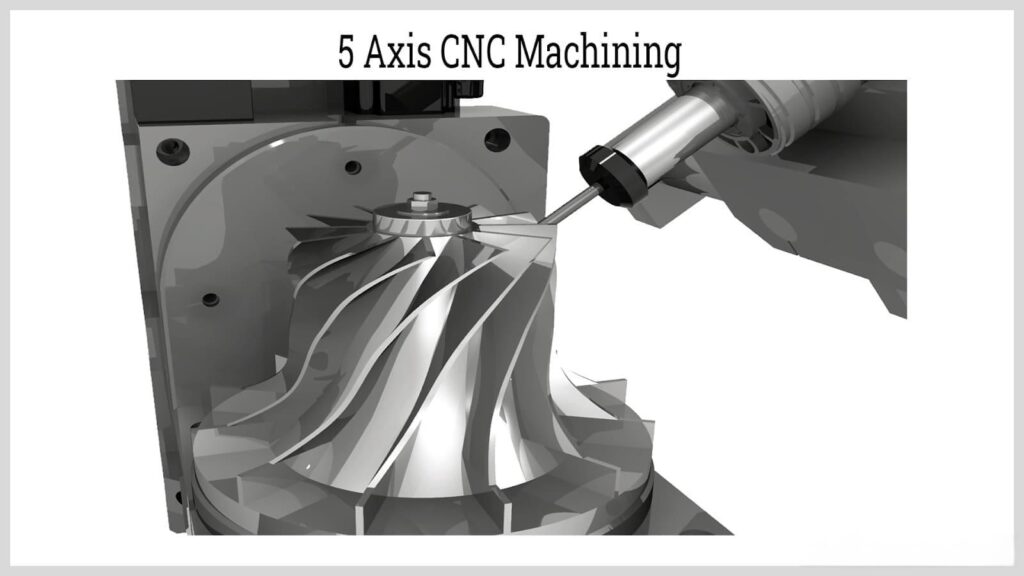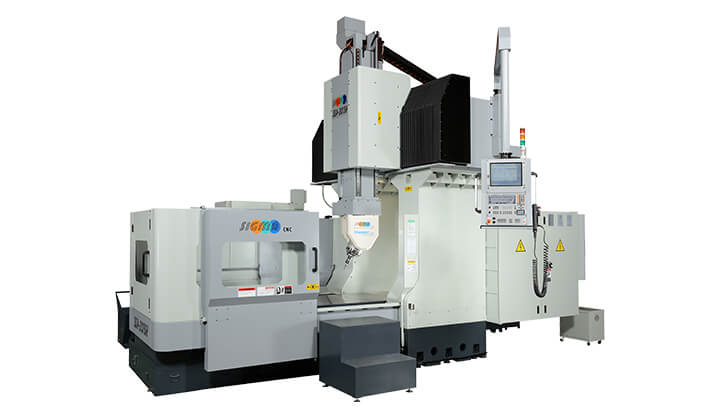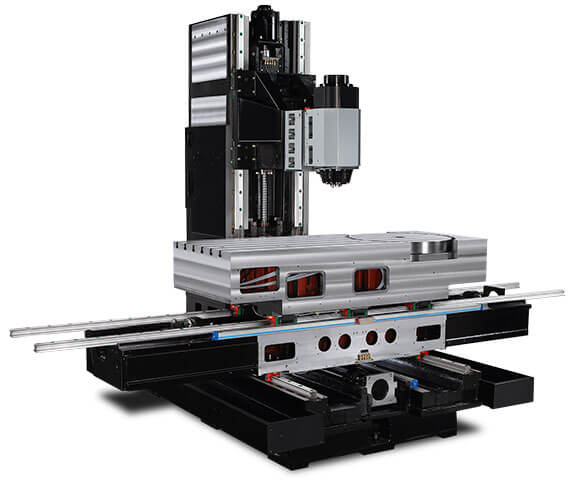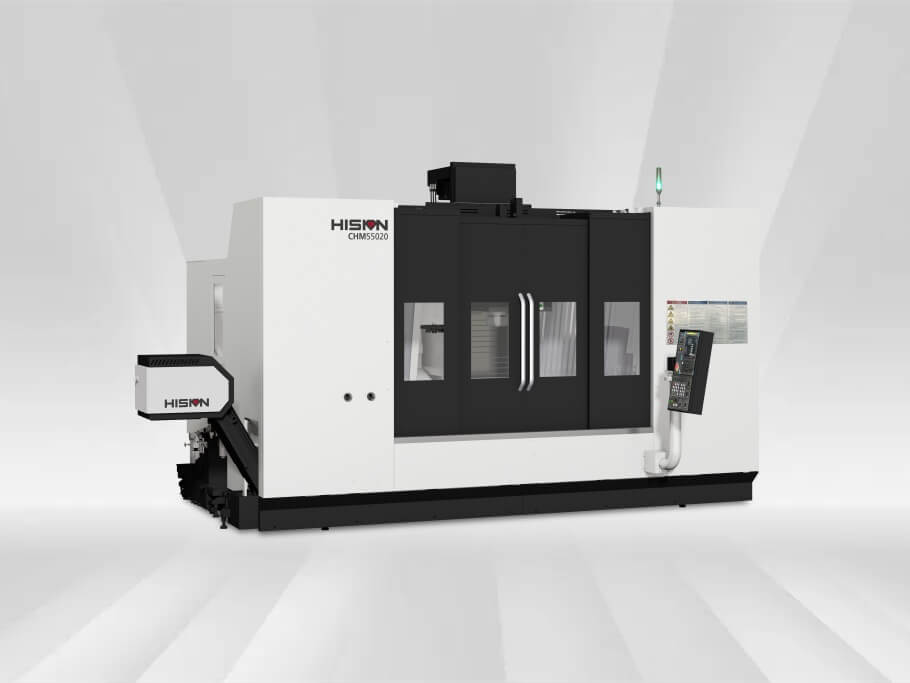Main advantages of five-axis CNC machine tools
Five-axis CNC machines have revolutionized the manufacturing industry by providing previously unimaginable precision and versatility. These advanced machines are able to perform complex operations with ease, making them essential tools for industries such as aerospace, automotive, and medical.
1.Perform multiple operations with one setup
Unlike traditional three-axis machines that can only move in three directions, five-axis machines can move in five directions simultaneously. This allows complex shapes and contours to be machined without multiple setups, saving time and money.

2.Machining parts from multiple angles
Traditional machines can only approach parts from one direction, limiting the types of operations that can be performed. In contrast, five-axis machines can machine parts from any angle, allowing for complex features that are impossible with three-axis machines.
3.Greater flexibility
Five-axis CNC machines also allow for the use of shorter cutting tools. This reduces the risk of tool deflection and improves the overall accuracy of the machining process. Additionally, the ability to machine parts from multiple angles reduces the need for complex fixturing, further improving the accuracy and efficiency of the machining process.

4.Improved surface finish and part quality
The ability to approach a part from multiple angles allows for smoother tool paths, resulting in a finer surface finish. This is especially important for industries such as aerospace and medical, where part quality and precision are paramount.
5.Significantly Reduce the Number of Setups Required
With traditional machine tools, complex parts often require multiple setups, which increases the risk of errors and inconsistencies. Five-axis machines, on the other hand, can machine complex parts with just one setup, ensuring greater accuracy and consistency throughout the manufacturing process.

6.Increased Productivity
The ability to perform multiple operations in a single setup reduces overall machining time, thereby reducing production cycle times. This is particularly beneficial for industries with high production demands, as it can increase output without compromising quality.
7.Reduced Human Intervention
With traditional machine tools, operators often need to manually reposition parts to perform different operations. This not only increases the risk of errors, but also slows down the entire production process. Five-axis machines, on the other hand, can automatically reposition parts without human intervention, which also greatly improves overall efficiency.
In summary, five-axis CNC machines offer many advantages over traditional three-axis machines. Their ability to perform multiple operations in a single setup, machine parts from multiple angles, and improve surface finish and part quality make them essential tools in industries that require high precision and versatility.
Additionally, their ability to reduce the number of setups required, increase productivity, and reduce the need for human intervention further enhances their value in the manufacturing industry. As technology continues to advance, it is clear that five-axis CNC machines will play a vital role in shaping the future of the manufacturing industry.
